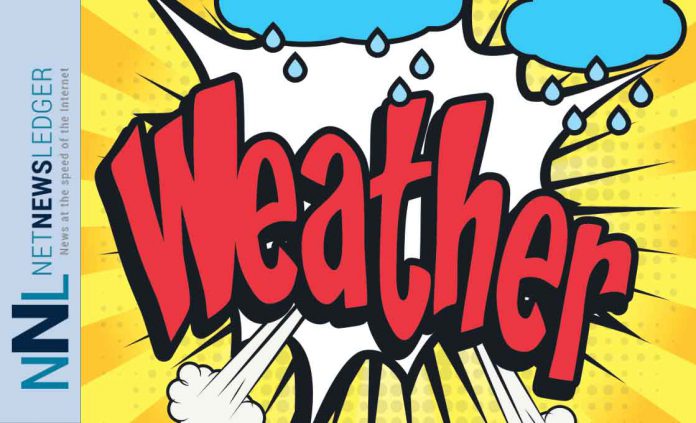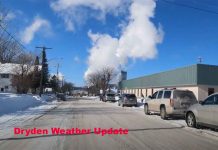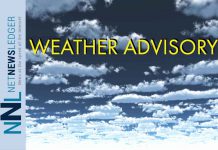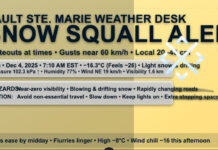A Heavy-Hitter Snowstorm Looms for the U.S. Upper Midwest – and Northern Ontario May Get a Taste Too
Thunder Bay – WEATHER DESK – From the heartland of the Dakotas through to northern Minnesota, a classic March snowmaker is gearing up to dump serious snowfall—potentially exceeding 20 cm (8 inches) in some U.S. communities.
According to the latest 3 a.m. update from the U.S. National Weather Service, all eyes are on the Tuesday-to-Thursday window as this strong winter storm spreads its snowy reach eastward.
While the heaviest snowfall is expected from Aberdeen and Fargo to Duluth, Minnesota, the snow threat isn’t stopping at the border.
Really! — Northern Ontario, we’re in the path too.
Thunder Bay and Fort Frances: Snowfall Potential Peaks Wednesday Into Thursday
By mid-week, the storm pivots east and the international weather handshake begins. In Ontario, Thunder Bay is poised to see accumulating snow, with probabilities suggesting 20 cm or more is possible between Wednesday and Thursday morning.
Meanwhile, the Fort Frances and Atikokan area looks likely to be squarely in the 10 to 15 cm snowfall range—a significant accumulation that will likely slow down travel and add some hefty shovelling to the morning routine.
The snow will be wet and heavy in some pockets, meaning snow blowers might be in order. Be sure to keep that windshield washer fluid topped up and those snow tires gripping.
Manitoba Stays on the Storm’s Fringe – But a Dusting Could Sneak In
Farther west, the snow threat tapers off but still lingers. For the Winnipeg-to-Kenora corridor and southeast to south-central Manitoba—including Winkler, Steinbach, and the Morden area—there’s a wide model spread. Some forecast scenarios bring just a dusting, while others suggest a few inches (3 to 7 cm) could fall between Wednesday afternoon and night.
Communities hugging the U.S. border, such as Boissevain, Killarney, and Melita, could see light snow—less than 2.5 cm—as early as Tuesday afternoon into Wednesday. So while not a major event in Manitoba, a slushy layer could coat roads and reduce visibility at times.
Northern Ontario’s Impact: What to Expect
Northern Ontario communities should be looking for possible hazardous travel, power flickers from heavy, wet snow, and typical winter disruptions.
Snowplows will be out in force in the Thunder Bay District, and any outdoor travel—especially along the Highway 11/17 corridor—should be monitored closely.
School closures aren’t a guarantee, but don’t rule out delayed buses if the heavy snowfall materializes. And yes, snowmen may make a comeback.
Wardrobe tip? It’s still thick parka season. Add waterproof boots and your best gloves to the mix—you’ll need them for snow shovelling, snowball battles, or just trudging through slush.
Weather Trivia Time!
Did you know that Thunder Bay once saw a record-setting March snowstorm back in 1965, when over 50 cm of snow fell in just two days?
That system also originated from the same Upper Midwest corridor currently fuelling this week’s storm. History may not repeat itself exactly, but it sure does rhyme.







